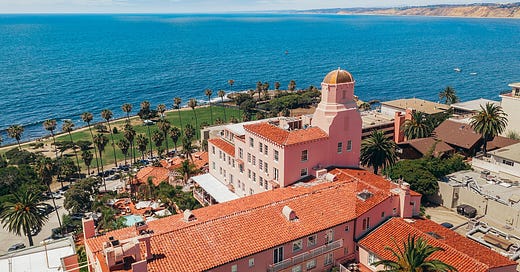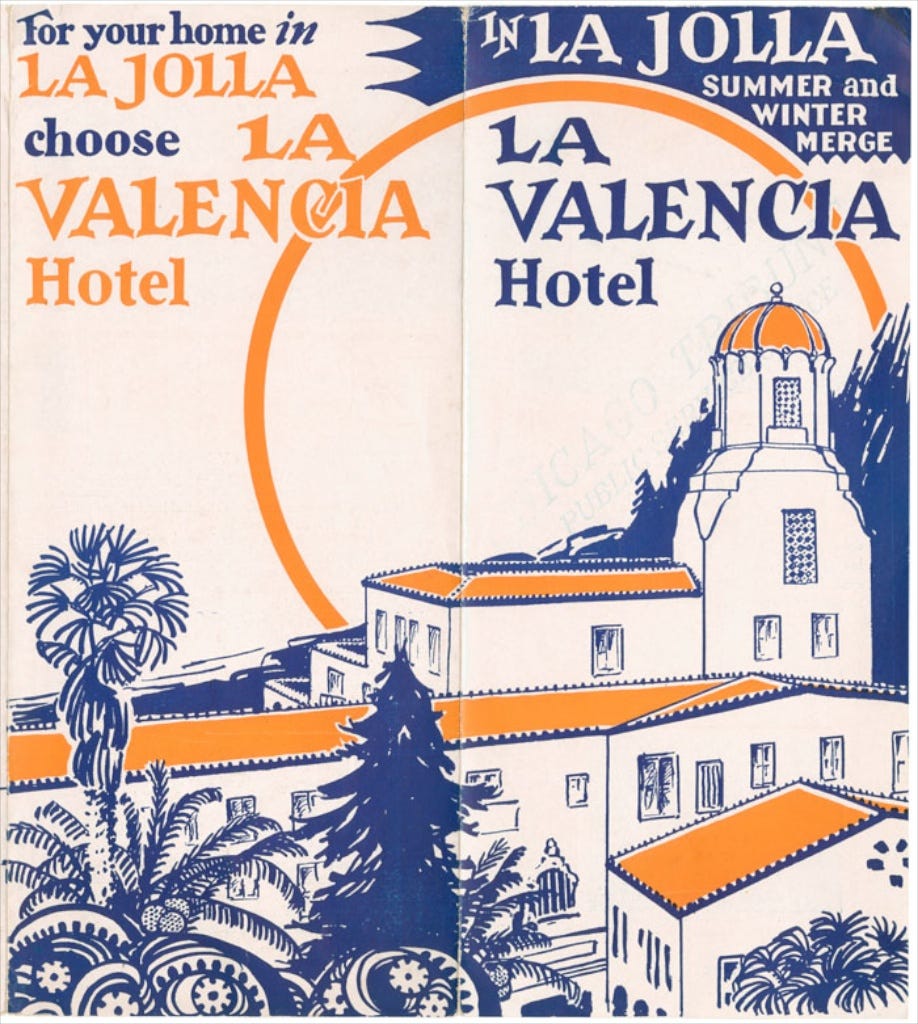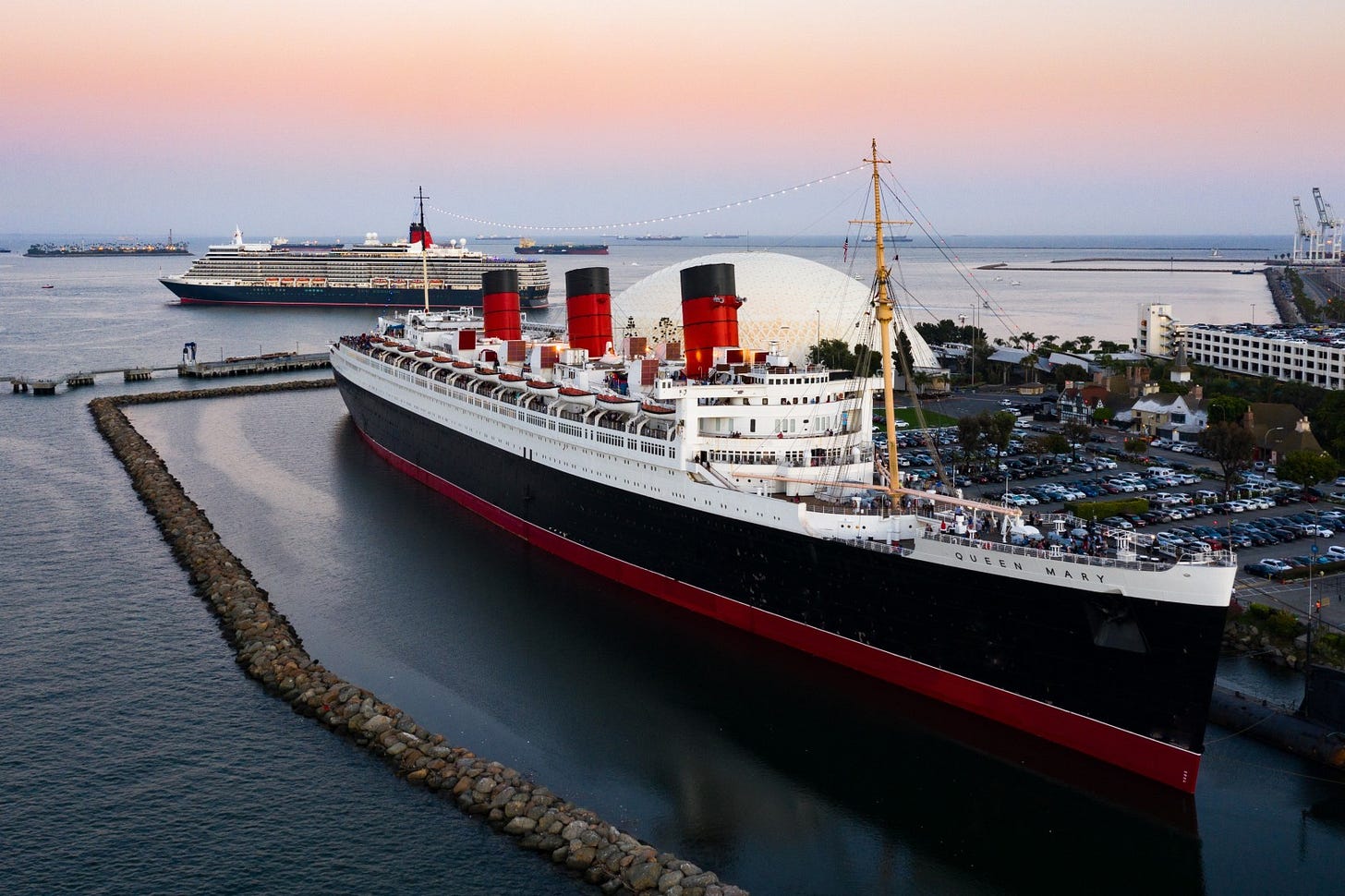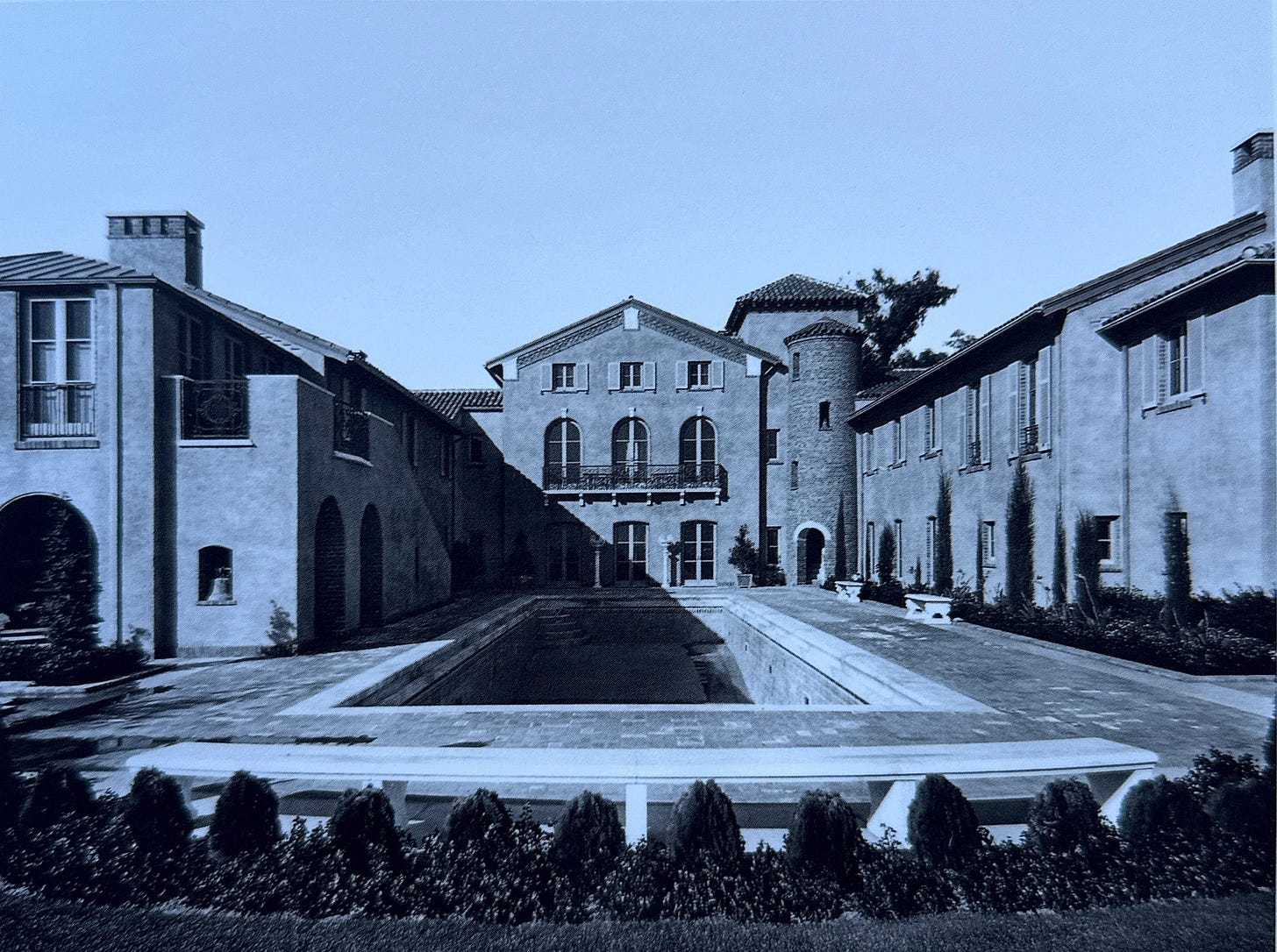4 Historic Hotels to Visit in Southern California this Summer
From San Diego to Santa Barbara, these hotels provide an escape into the glitz and glam of yesteryear.
It’s summer time and the living’s easy—time to hit the road in search of a little rest and relaxation! Here in sunny SoCal, we have a rich history as a resort mecca, a place to escape the dreary east for a life of fun in the sun. Let’s take a dive into some of the hotels and resorts that have helped create the image of California style we know and love today.
La Valencia Hotel; La Jolla, California - Rooms starting from $495 per night
In the mid 1920s, La Jolla residents MacArthur Gorton and Roy B. Wiltsie would commission architect Reginald Johnson to design an apartment hotel with a romantic, flowery Spanish name: Los Apartmentos de Sevilla. True to form, Johnson would design a picturesque hotel in the Spanish Colonial Revival style, complete with pale pink stucco covered walls, wrought iron balconies, and swaths of red tile roofs all crowned by a domed tower.
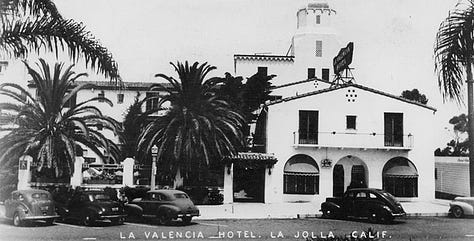

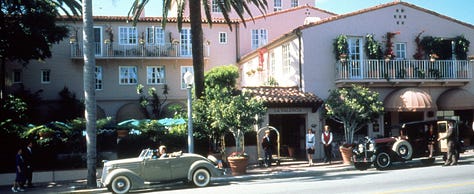
Following the hotel’s successful opening, Gorton and Wiltsie would commission architects Herbert J. Mann and Thomas L. Shepherd to create a new eight-story addition to the property, greatly expanding the number of rooms the hotel could offer. Most recently renovated in 2014, the hotel currently includes 114 rooms, suites, and villas spread across the property.

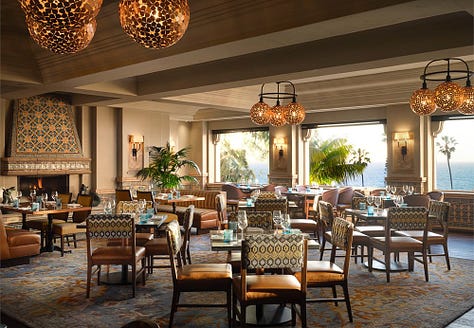
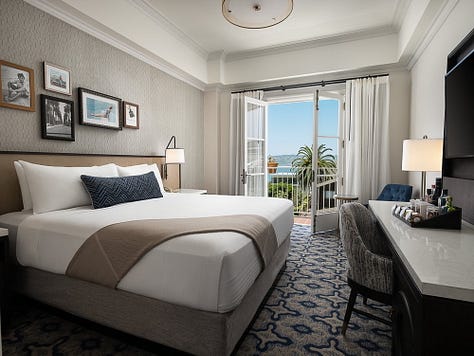
The Queen Mary; Long Beach, California - Rooms starting from $239 per night
In December, 1930, the Cunard Line would begin construction on a new 75,000 ton ocean liner as their bid to create the fastest ship to ply the North Atlantic between Europe and North America. The French, Germans, and Italians were all either completing or building new ocean liner ships of state in the race to build the fastest, most luxurious vessel to serve the New York City to Europe route. In 1935, the Queen Mary’s arch rival, the French Line’s SS Normandie, would secure the Blue Riband for France, setting a new westbound record of 4 days, 3 hours, and 2 minutes with an average speed of 29.98 knots. The Queen Mary was finally ready for service in 1936, following construction delays related to the Great Depression. However, on August 24, 1936, the RMS Queen Mary would snatch the Blue Riband from the SS Normandie with an average crossing speed of 30.14 knots. The two would pass the Blue Riband between them until the beginning of World War II, with the Queen Mary holding the record from 1938 until the the SS United States would claim the prize in 1952, a title the liner now destined to becomes the world’s largest artificial reef still holds.
Ocean liners were always one of my earliest loves, and their architecture and design mirror the architecture and design occurring on land during the same period. And while it may more common to see domestic and commercial architecture of this period, it is much rarer to find surviving examples of 1930s naval architecture due to the cost required for it’s preservation and upkeep.
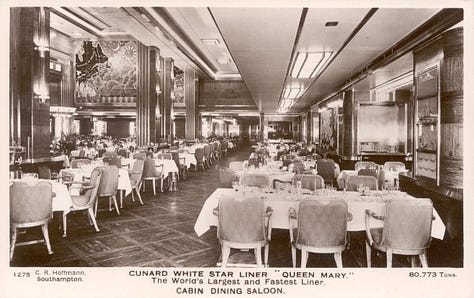
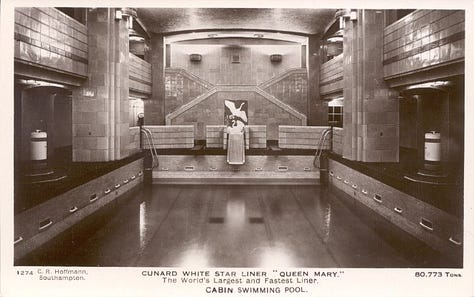
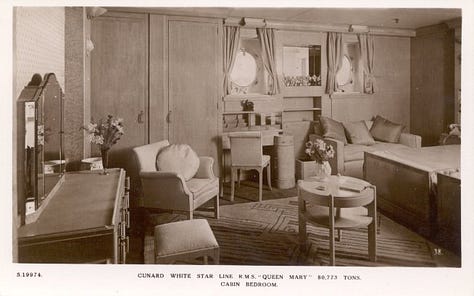
In comparison with the SS Normandie’s bold Art Deco interiors, the RMS Queen Mary’s interior were rather staid—a true tribute to pre-war British sensibilities. The ship’s interior spaces were designed by Cunard longtime in-house designers Arthur Joseph Davis and Benjamin Wistar Morris. Davis is best remembered for designing the interiors of the RMS Aquitania, completed in 1914, while Morris has a long list of commissions, including the 1921 Cunard Building located in Manhattan’s Financial District. The RMS Queen Mary’s original Cabin Class dining room featured a decorative map that tracked the ship’s progress across the Atlantic.
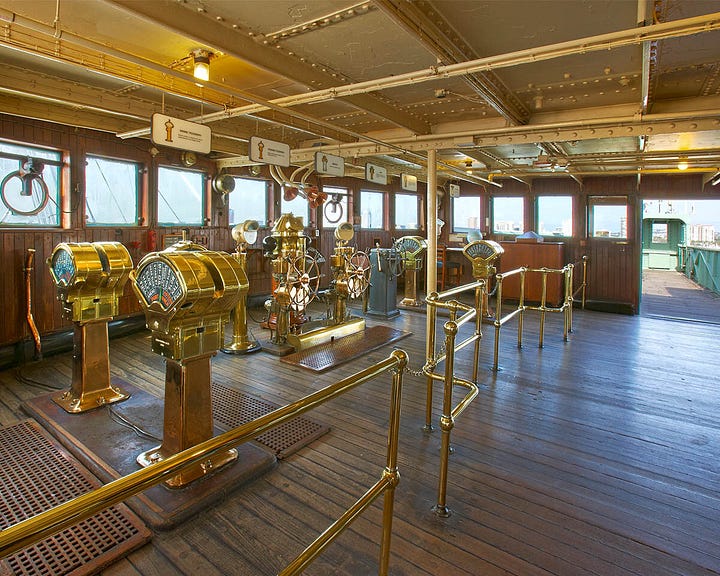

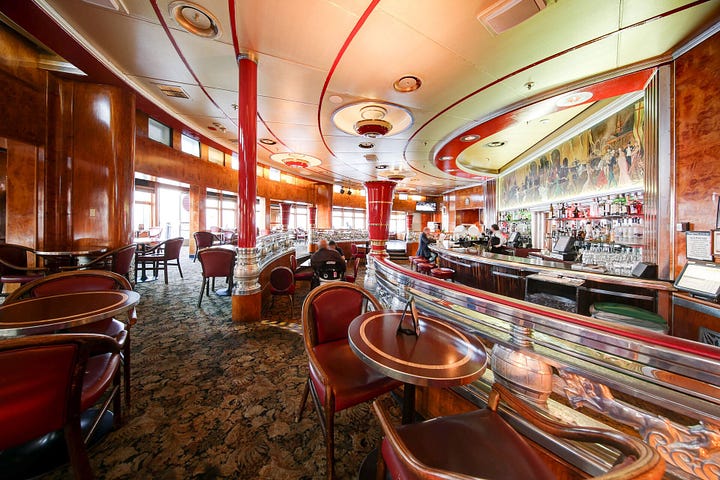

Following the ship’s decommissioning in 1967, she arrived in Long Beach California at the end of the year to be converted into a floating hotel and museum. Many of the Queen Mary’s original public spaces as well as Cabin class cabins have been preserved, allowing us to experience a North Atlantic crossing from the calm waters of Long Beach Harbor.
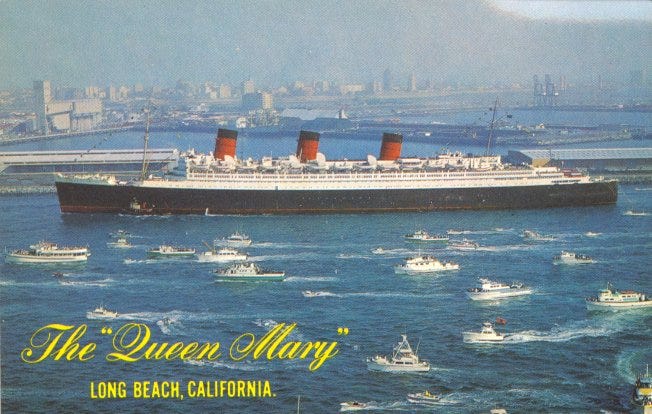
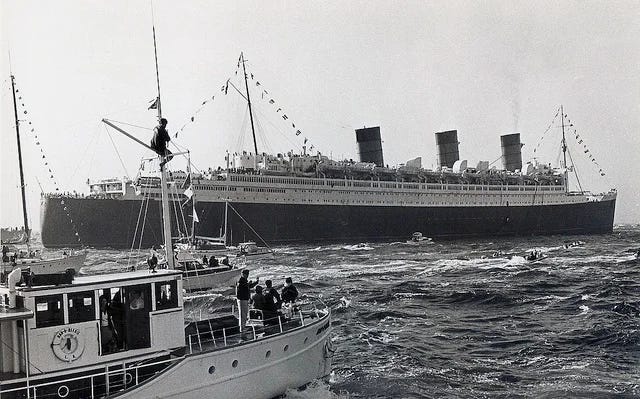
The Paramour Estate; Los Angeles, California - Rooms starting from $1,750 per night
In 1918, oil heiress Daisy Canfield Moreno would commission architect Robert D. Farquhar to design a home for her new estate in what would become LA’s Silver Lake neighborhood. By the time the home was completed in 1923, Canfield has married her second husband, silent film star Antonio Moreno, and renamed the neighborhood Moreno Highlands. For the couple, Farquhar would design an 18,000 square foot main home in the Mediterranean Revival style, including a central tower, stucco exterior, arched doors and windows, decorative ironwork, and a large red tile roof built around a massive swimming pool.
Following Canfield Moreno’s death in an automobile accident on Mulholland Highway, the home would be transformed into a school for girls, followed by becoming a convent and home for girls run by the Sisters of Immaculate Conception. However, by 1991, the nuns were looking to sell the estate due to it’s burdensome upkeep and repair costs paired with their desire to shift and expand their missionary work elsewhere, prompting designer Dana Hollister to purchase the property in 1998 to preserve it for generations to come.
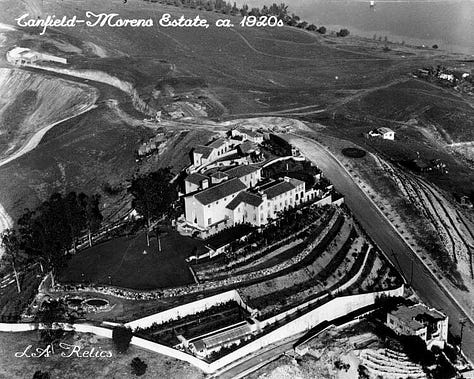
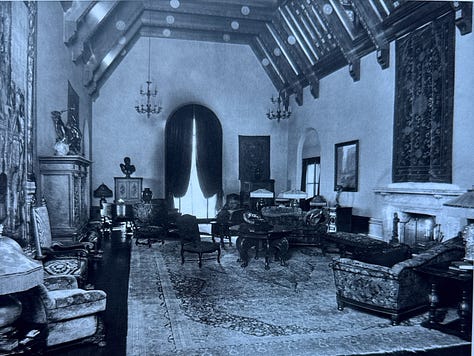
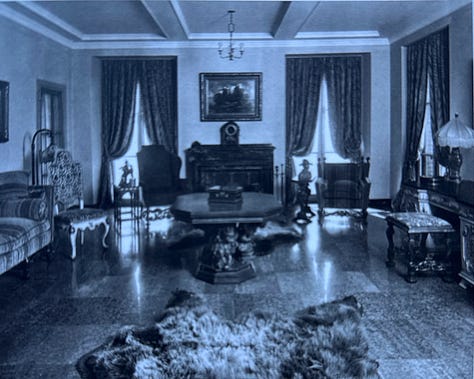
Now known as the Paramour Estate, the home is available for rent as a wedding, event, filming, or photoshoot venue with some of the home’s original spaces transformed into luxuriously private hotel rooms and suites. The Paramour Estate offers the unrivaled opportunity to stay in one of LA’s golden age estate’s, a true summer time treat!
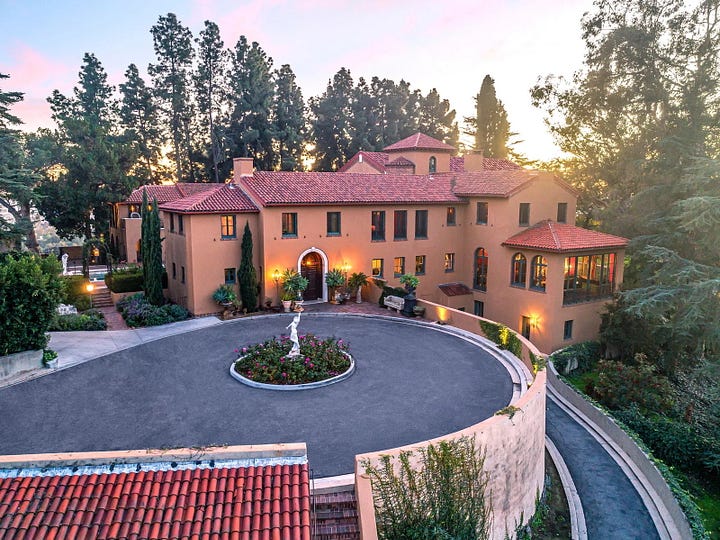
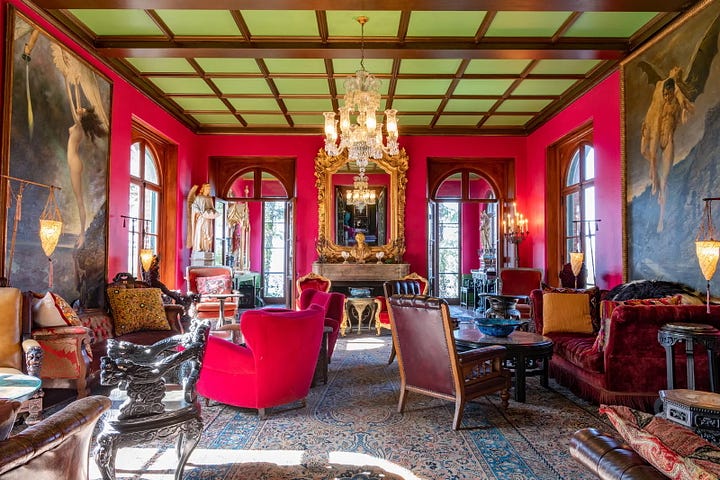
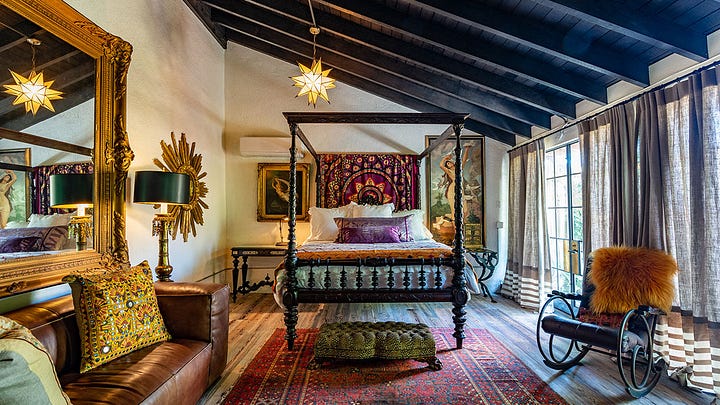
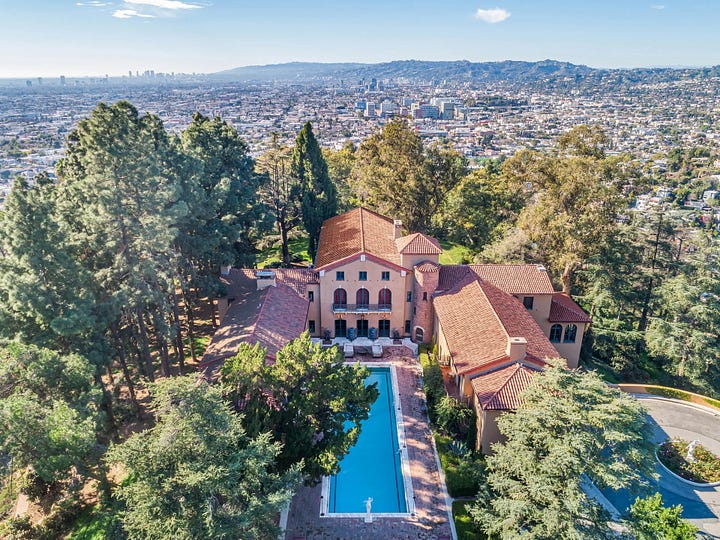
Mar Monte Hotel; Santa Barbara, California - Rooms starting from $314 per night
In 1930, Santa Barbara hotelier Frederick A. Bartholomew would commission the Los Angeles architectural firm of Walker & Eisen to design a Spanish Colonial-inspired seaside spread. Originally to have been christened the Arlington Inn, yet locals shared their displeasure as the original Arlington Hotel had been recently demolished by the 1925 Santa Barbara Earthquake. In response, Bartholomew solicited new names from the community, which included Al Viso (At the Viewpoint), El Retiro (The Retreat), and Buena Vista (Beautiful View), with Vista Mar Monte edging out its competitors to become the hotel’s name upon it’s opening on June 11, 1931.

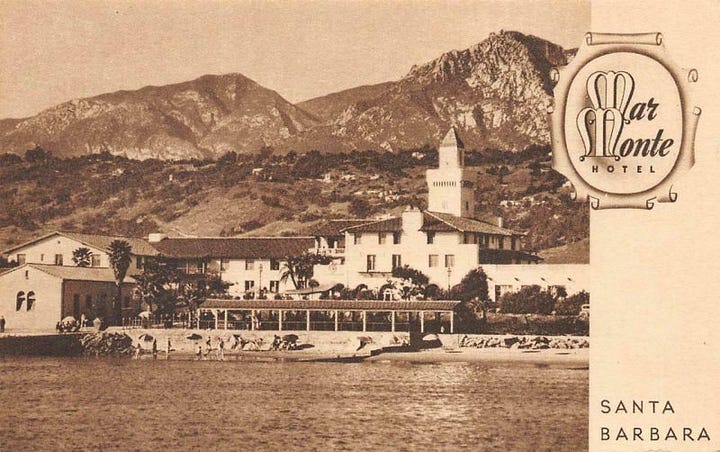
Currently managed by Hyatt as a member of its Unbound Collection, thr Mar Monte hotel represents a link to the hospitality of yesteryear, yet with all the modern amenities and convenience at your elbow. I love how the hotel’s recent renovations have allowed the original details to sing, such as the decorative wood and tile work.
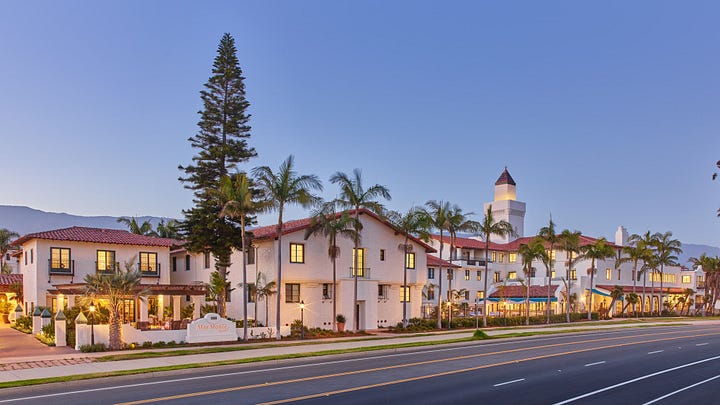
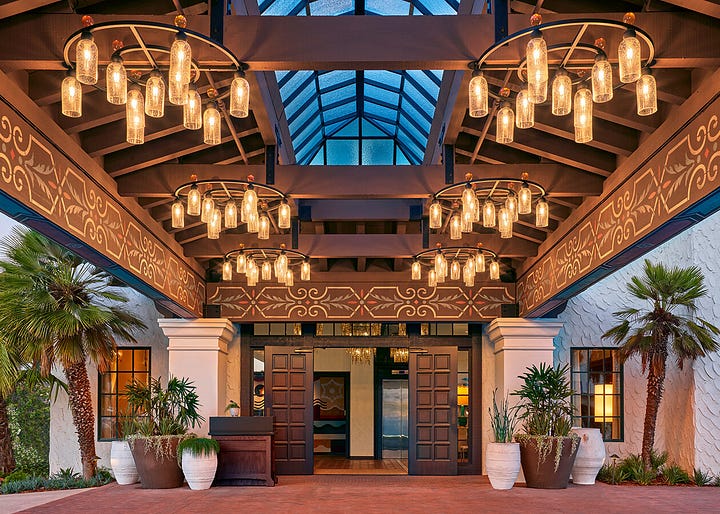
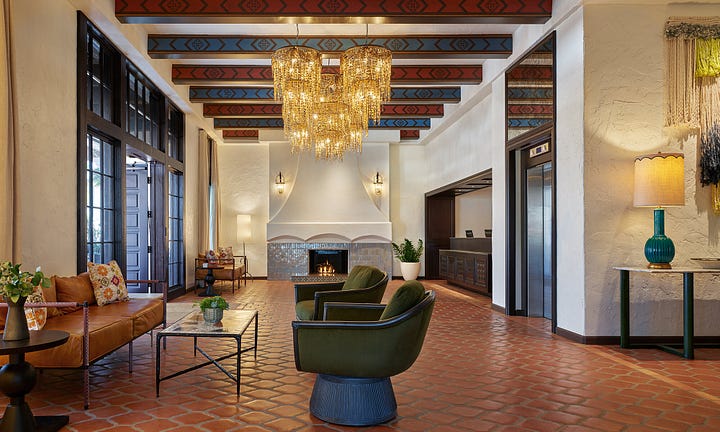
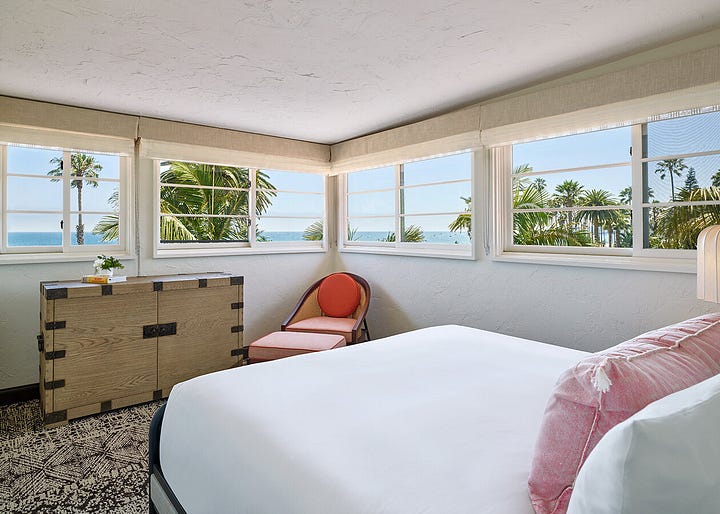
With Fourth of July in the rearview mirror, now id the perfect time to start planning a little summer escape! From San Diego to Santa Barbara, Southern California has a wealth of historic properties to visit and even stay at. Here’s to creating your own adventure and exploring the best SoCal has to offer!

